Reef Arches®
Protect shorelines and create thriving marine habitats with innovative Reef Arches.
Reef Arches are nature-based structures manufactured with marine-safe materials. Coastal engineers and environmental restoration professionals use them to both rebuild shorelines and marine ecosystems. Beyond its eco-friendly construction, the honeycombed structure mimics reef formations. As a result, it creates a natural habitat, offers shelter for aquatic life, provides a safe place for vegetation to grow, and promotes biodiversity. Not to mention they have minimal ground footprint and are stackable in order to accommodate design and application variations.
What are the key benefits of Reef Arches when it comes to shoreline protection?
- Wave Attenuation – reduces wave impact meanwhile stabilizing shorelines
- Enhances Marine Biodiversity- provides shelter for fish, corals, oysters, and marine organisms
- Promotes Living Shorelines – provides a protected place for mangroves and other vegetation to grow
- Durable and Eco-Friendly – manufactured from CMEC concrete, furthermore, it doesn’t include rebar
- Supports Fisheries and Aquaculture – encourages fish populations and supports sustainable fishing
- Easy Installation and Low Maintenance – designed for quick deployment and long-term stability.
What applications benefit from these innovative shoreline protection structures?
- Hurricane Recovery Projects
- Coastal Restoration Projects
- Shoreline Restoration Projects
- Fisheries and Marine Conservation Areas
- Artificial Reefs for Diving and Snorkeling
- Marinas and Waterfront Developments
- Aquaculture and Marine Farming
- Oyster Restoration Projects
- Coral Restoration Projects
- Mitigation
Get started and let us help you on your next shoreline protection project. From design support and guidance to expedited product delivery, we are your supply partner.
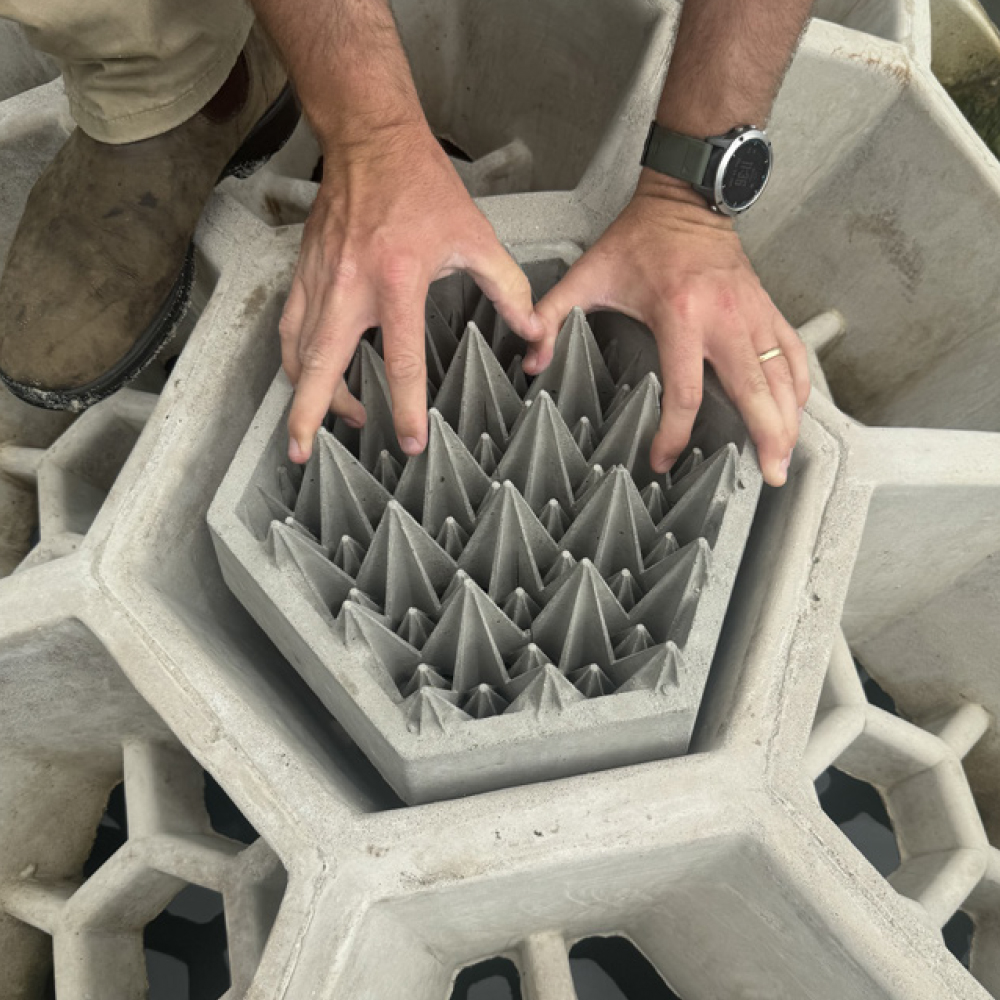
Accessories
In order to further foster corals and oysters, consider learning more about Reef Arch accessories. These inserts accommodate both the 50-pound and 1,200-pound shoreline protection structures. Not only do they allow water to pass, but they also protect the species from predators.
*Available upon inquiry
How are Reef Arches secured to prevent movement?
Select Reef Arches based on the appropriate weight in order to match local wave dynamics. For example, interconnect 1,200-pound units and form assemblies up to 15,000 pounds. Alternatively, using earth anchors for certain situations is possible. In order to determine the best anchoring strategy, please consult a coastal engineer.
Is it possible to cultivate corals on Reef Arches?
Yes, they are suitable for coral cultivation. In fact, collaborations with organizations such as the COX Science Center have demonstrated these materials are safe for growing stony corals and leather corals. As a result, the arches facilitate coral restoration efforts.
What materials are used in the construction of Reef Arches?
Reef Arches use CSA (calcium sulfoaluminate) concrete. To meet specific client or engineering requirements, consider custom mix designs.
Can you stack Reef Arches for deployment?
Absolutely. In fact, they stack efficiently, similar to how red solo cups stack together. This feature simplifies transportation and barge deployment. As a result, offering faster and more streamlined installation.
Are different color options available for Reef Arches?
Yes, currently you can select from four different colors, however, additional options are in development.
Is a permit required to deploy Reef Arches under a dock or behind a seawall?
For residential use, it is essential to consult both local government and regulatory agencies to ensure compliance with all applicable regulations when installing shoreline protection structures.
Connect With An Expert Today
Case Studies
From solving challenging application issues to severe weather response, there is no better partner than Ferguson Waterworks. Let our past performance speak for itself.


The Flow Of Innovation Podcast
Listen to Ferguson Waterworks’ podcast as we discuss industry innovations and break down complex topics like utility technology, stormwater management, and non-revenue water solutions.
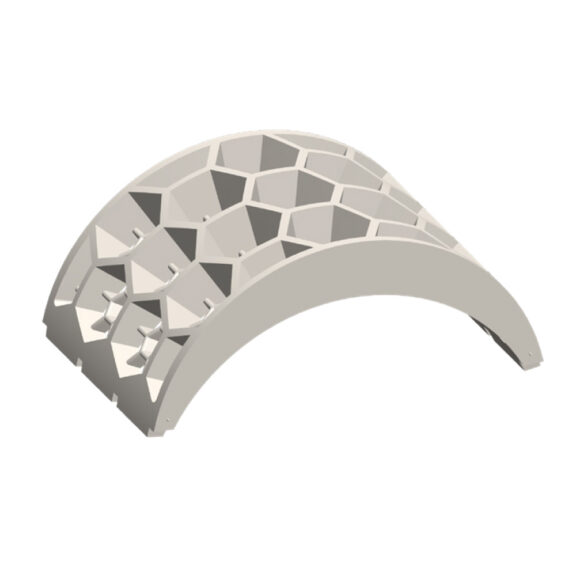
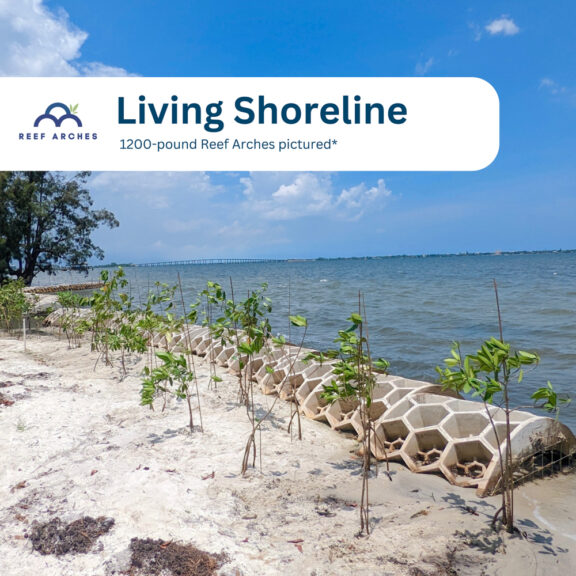
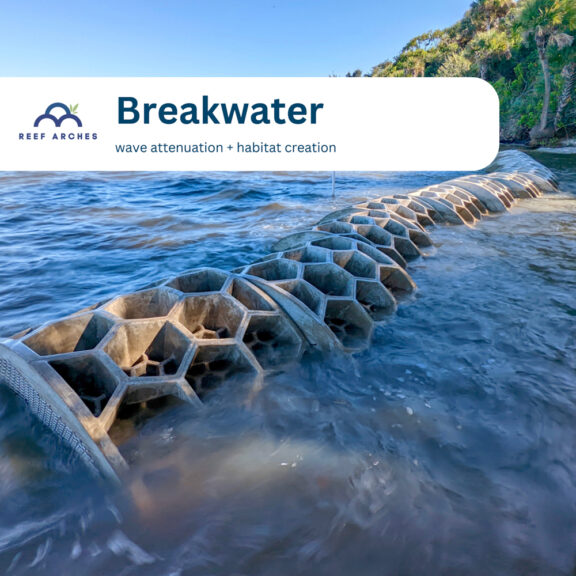
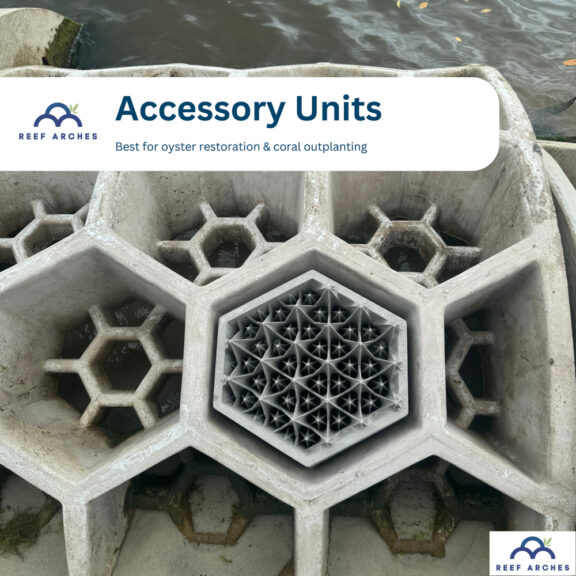
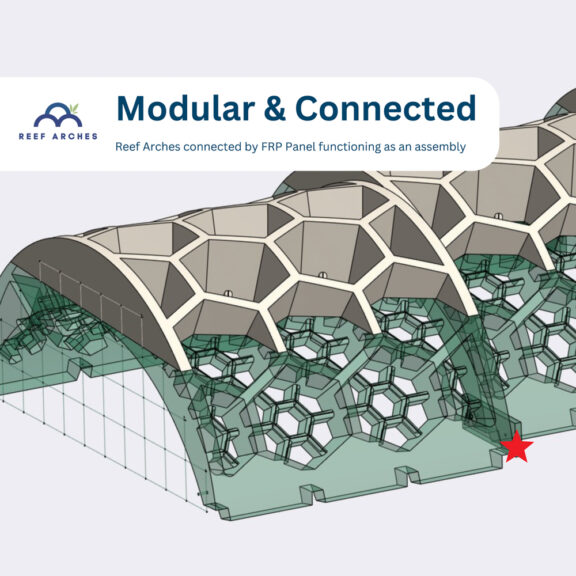
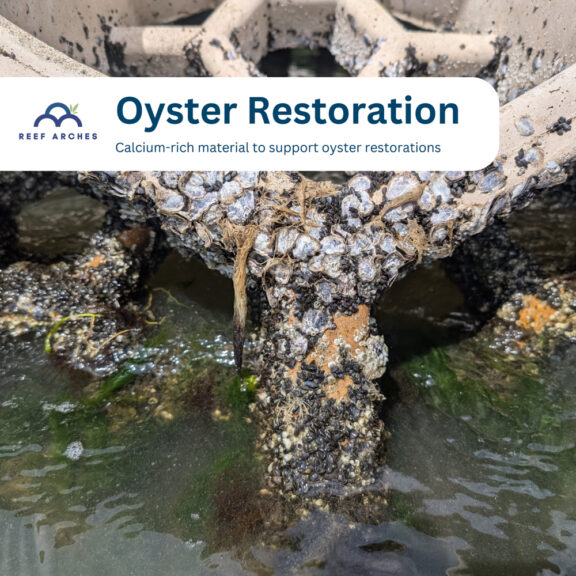
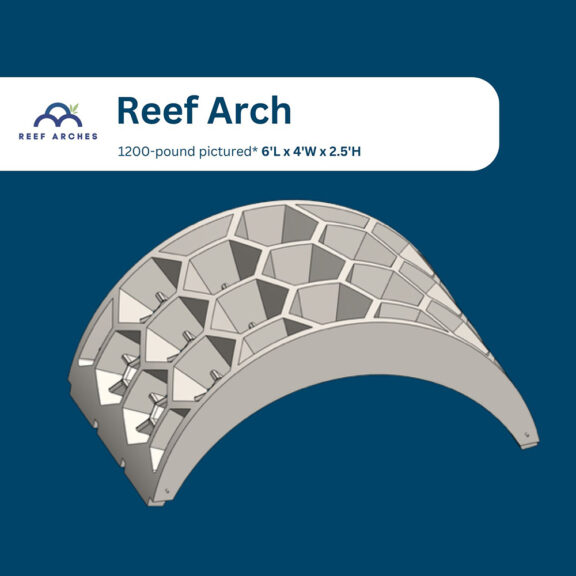
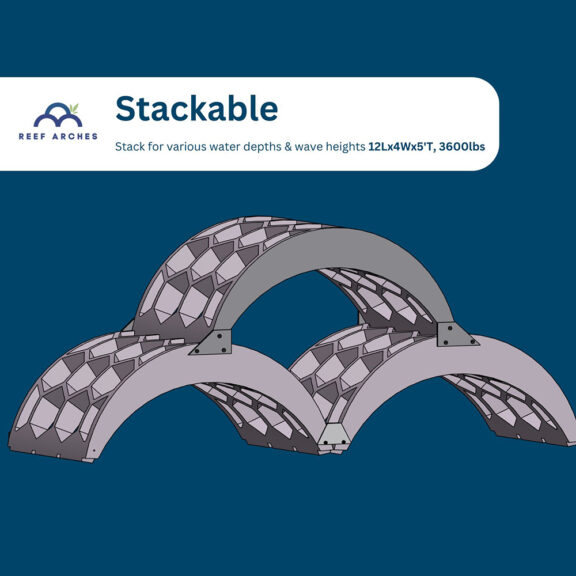
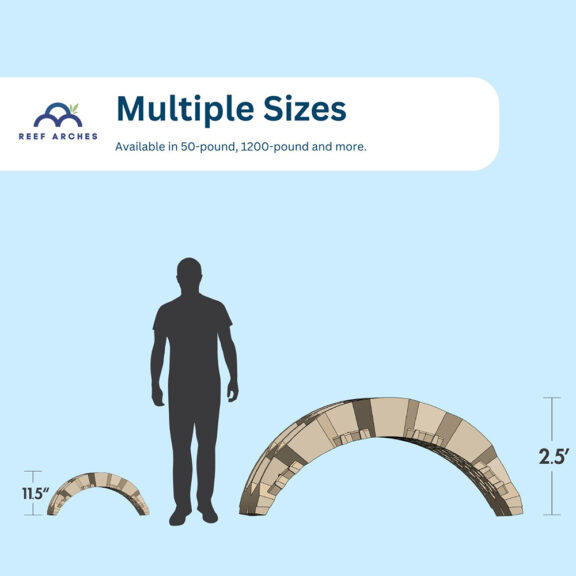
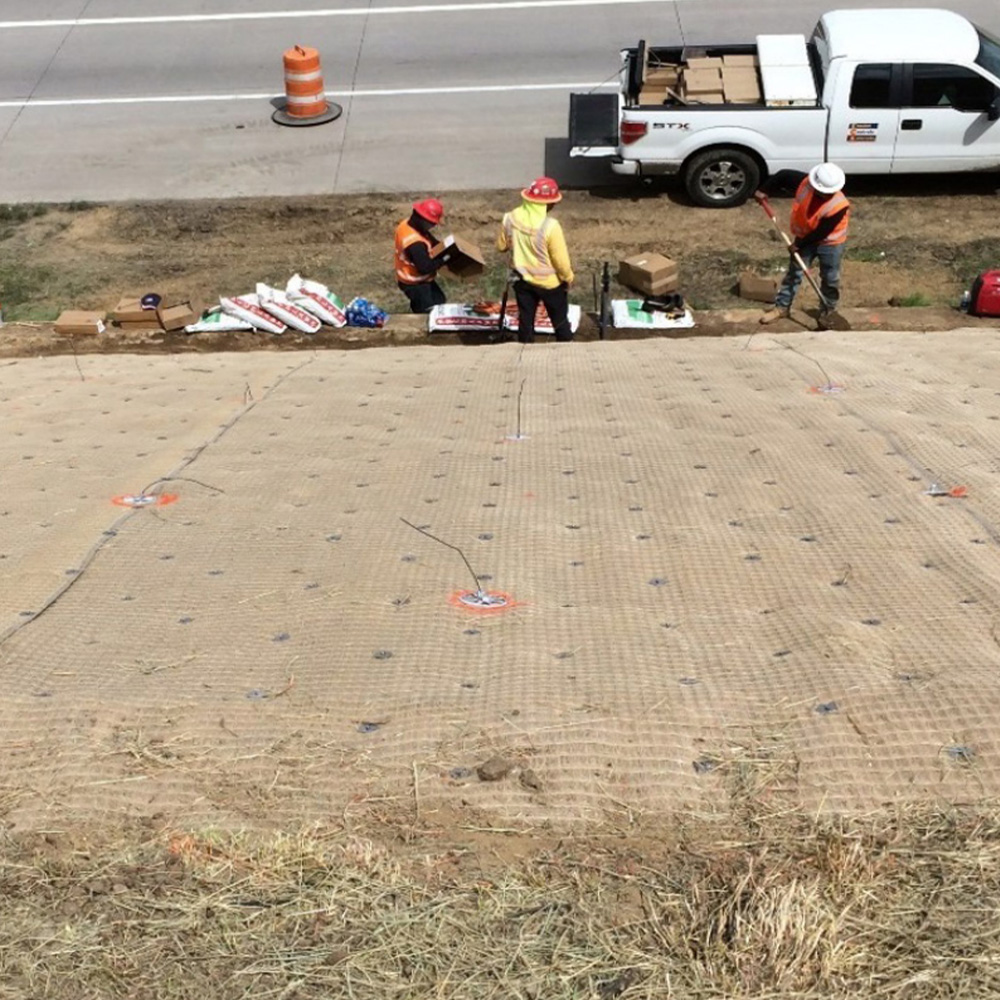 Xtreme Armor System
Xtreme Armor System Wood Stakes
Wood Stakes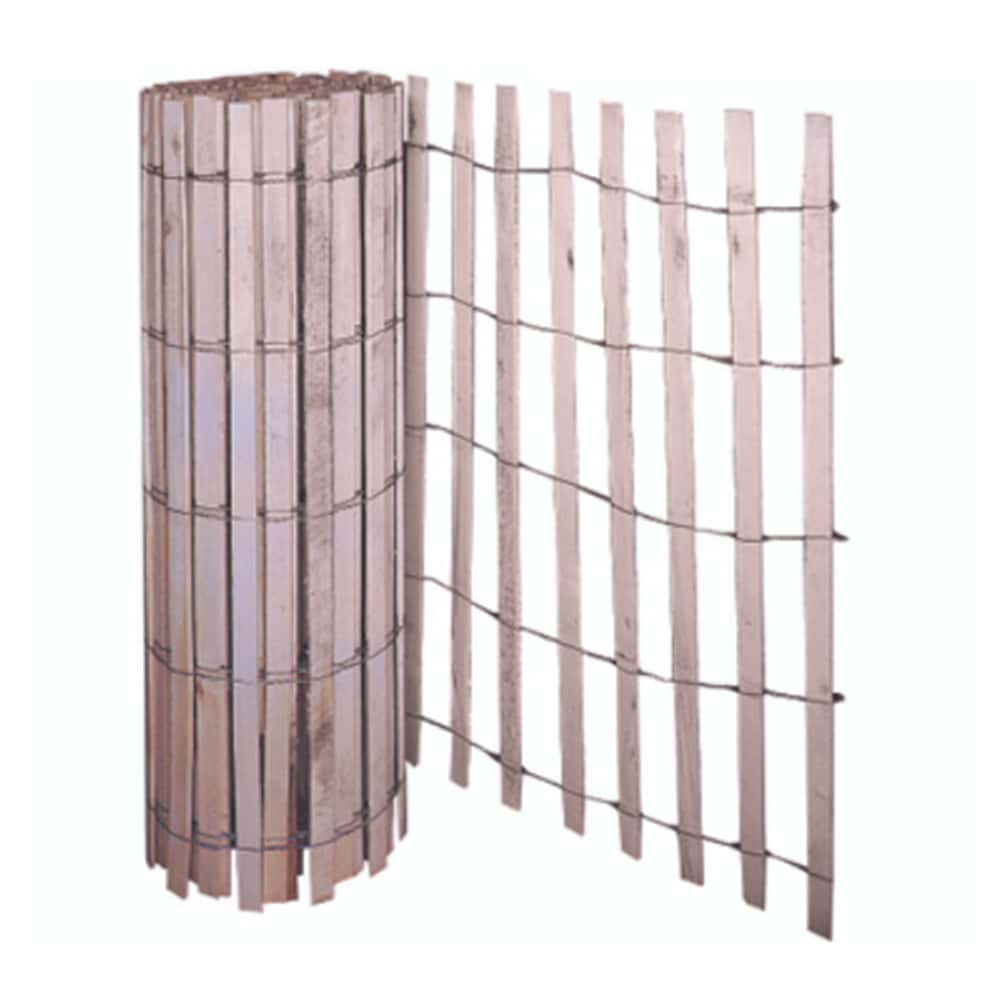 Wood Safety Fence
Wood Safety Fence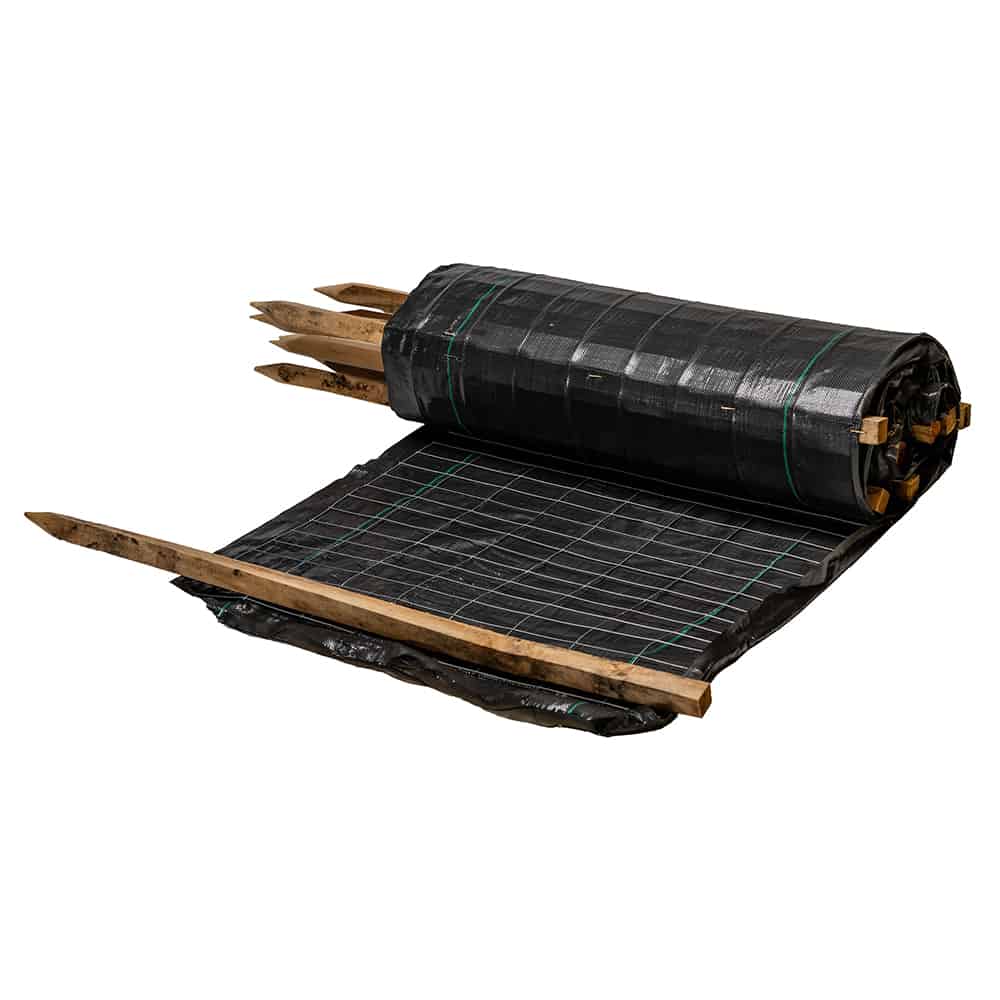 Wire-backed Silt Fence
Wire-backed Silt Fence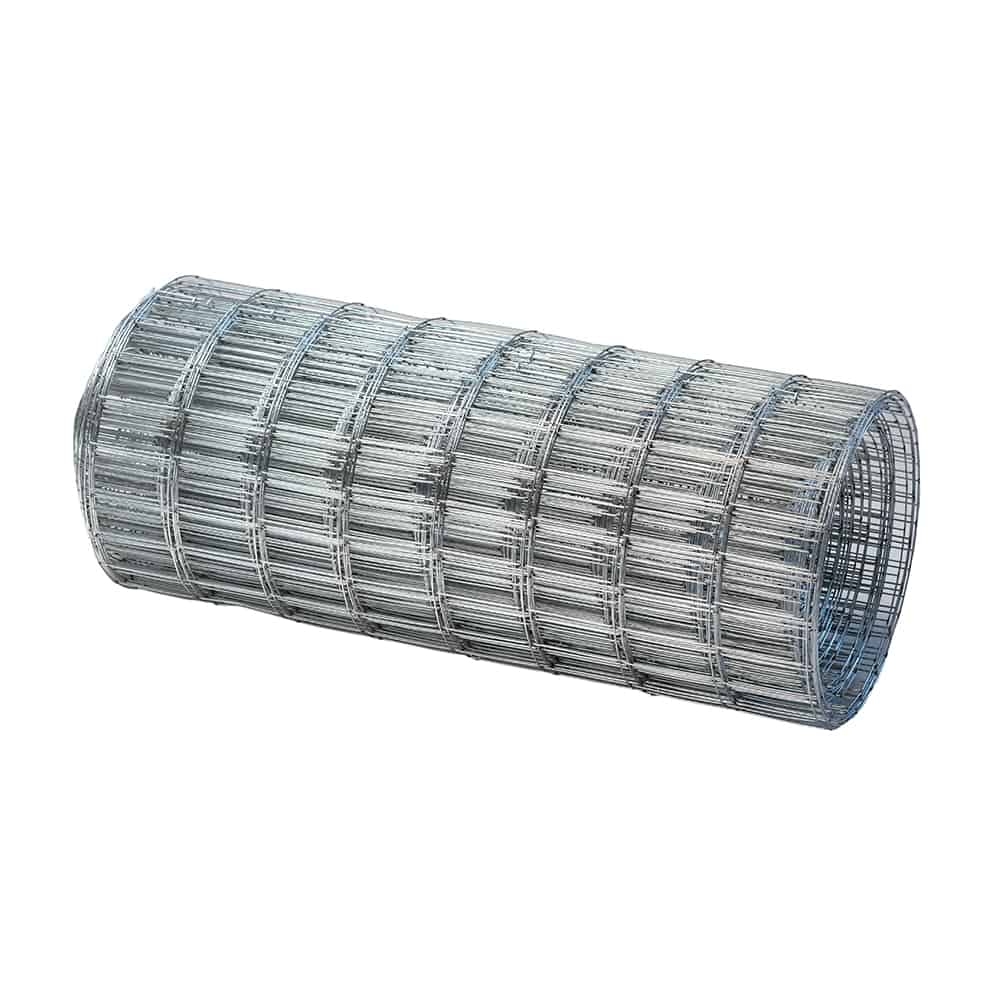 Welded Wire Fence
Welded Wire Fence Water Clarification Skimmers
Water Clarification Skimmers